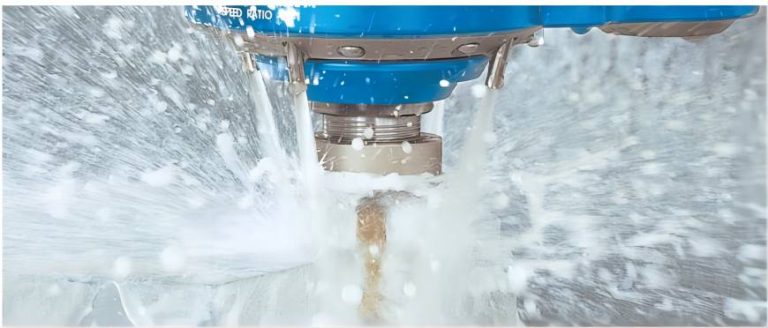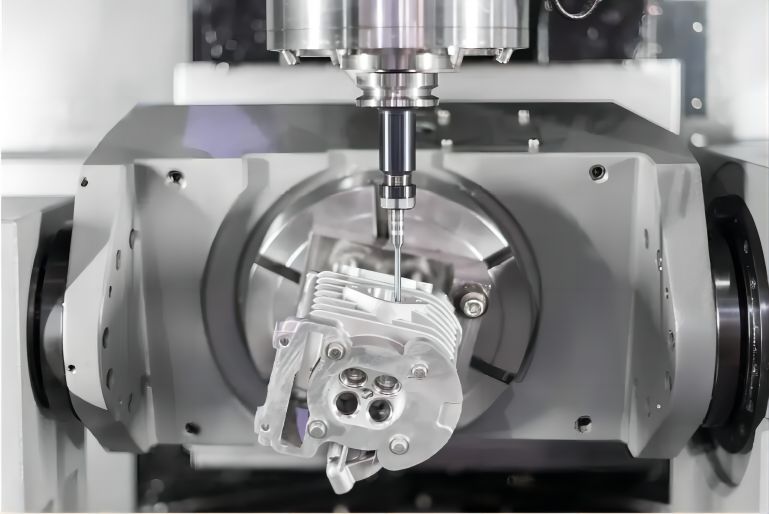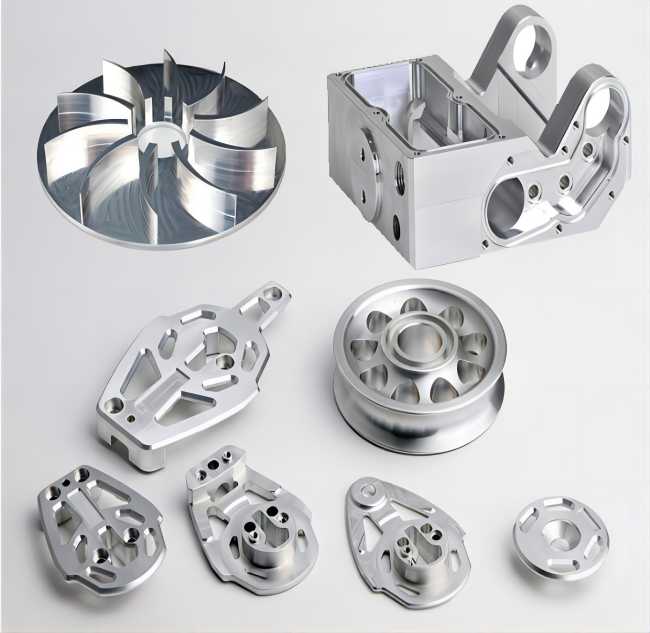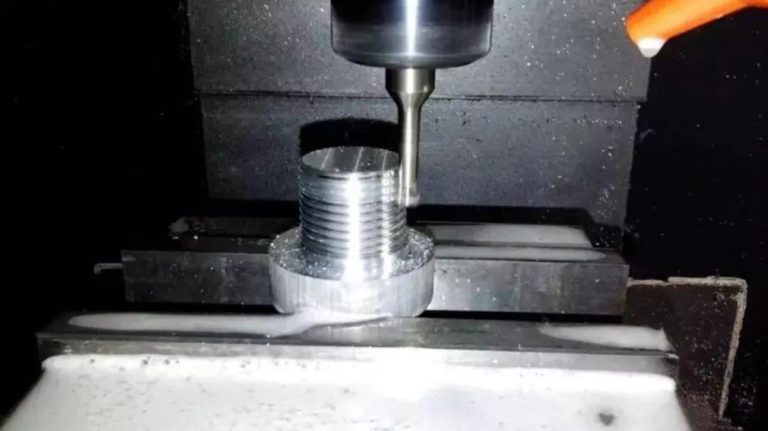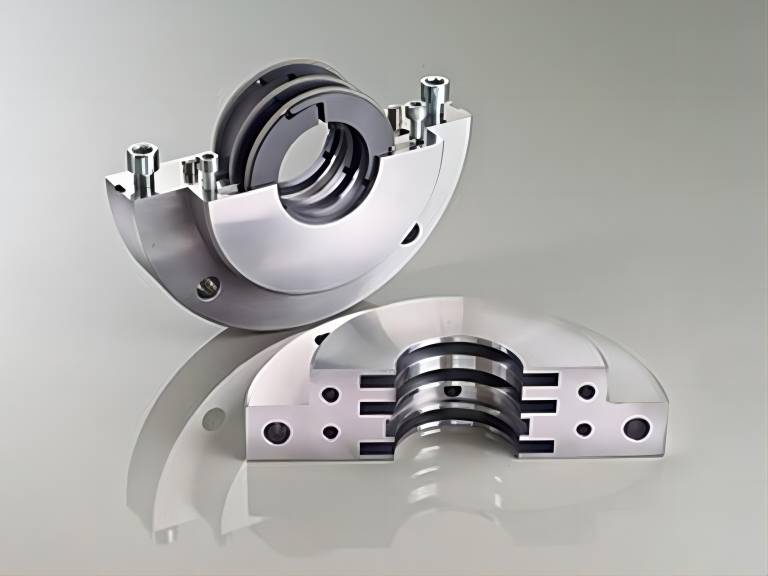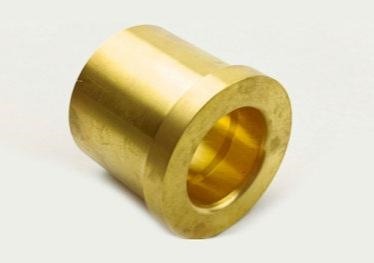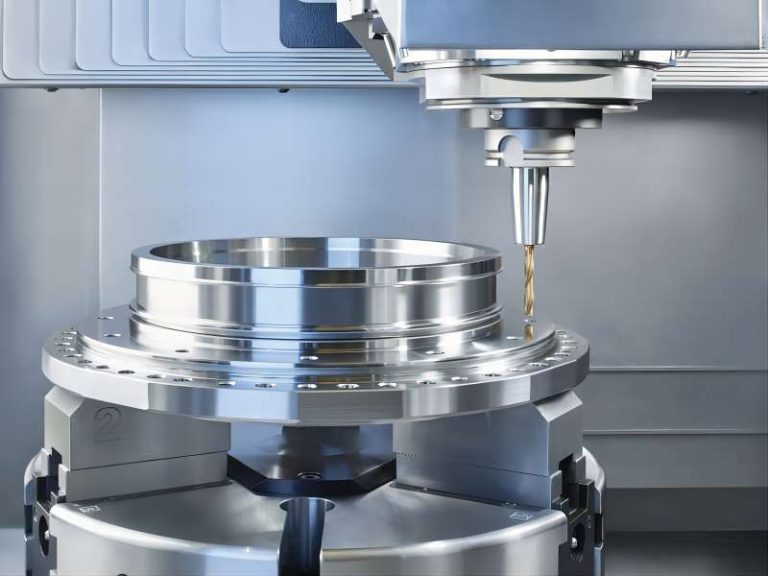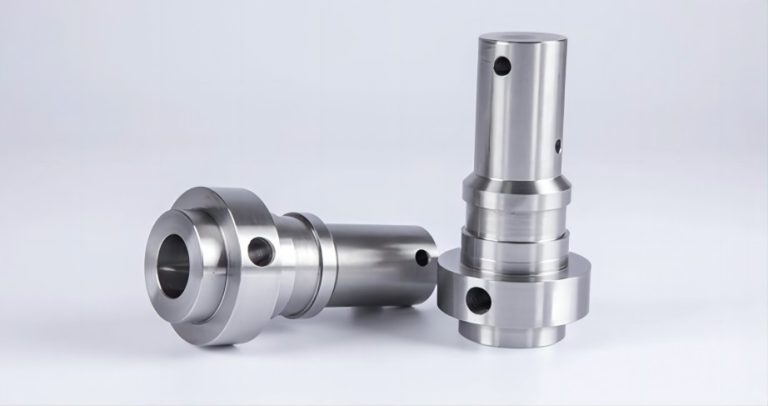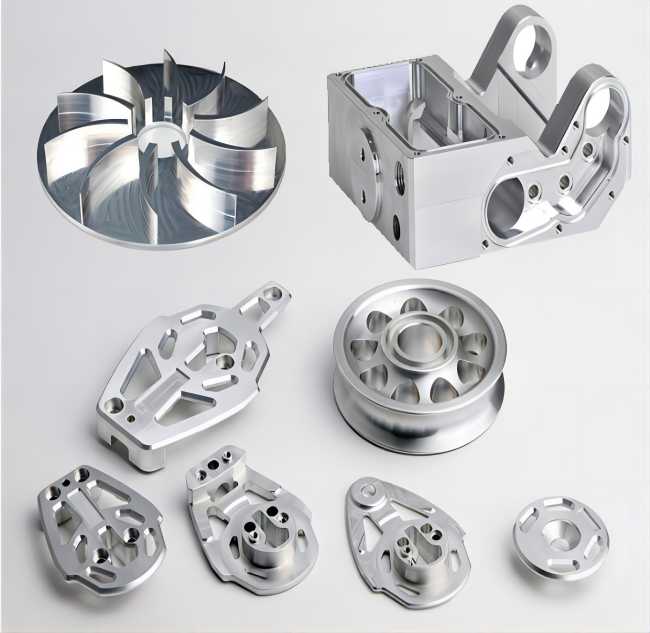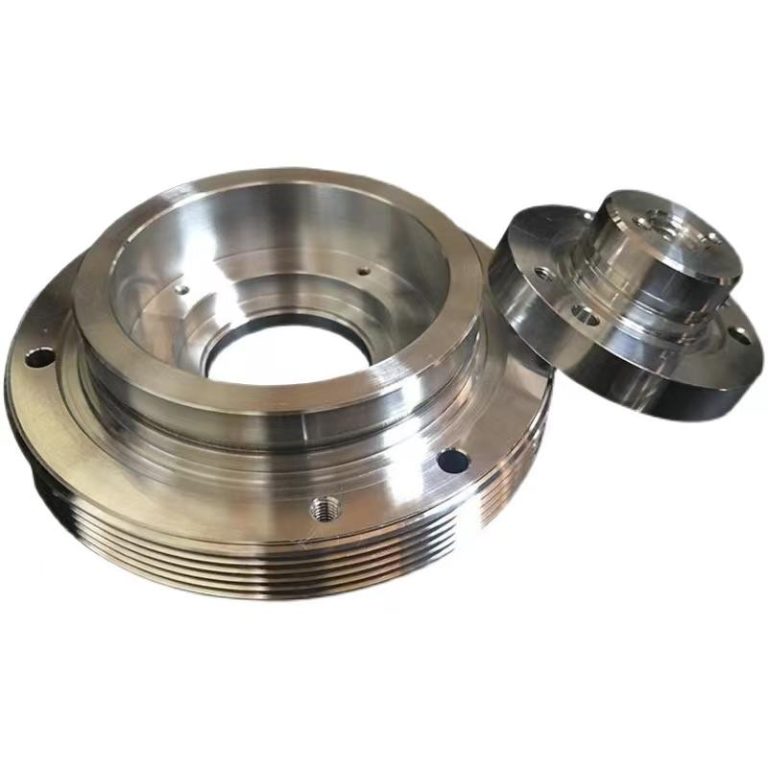Exploring the Latest Advances in High Speed CNC Machining Techniques and Tools: Faster Production and Greater Precision
High-speed CNC Machining has seen remarkable advancements in both techniques and tools in the ever-changing manufacturing landscape. Researchers and engineers have pushed the boundaries of high-speed machining capabilities as industries demand faster production cycles, greater precision, and the ability to work with a variety of materials. This article delves into the most recent advancements in…

